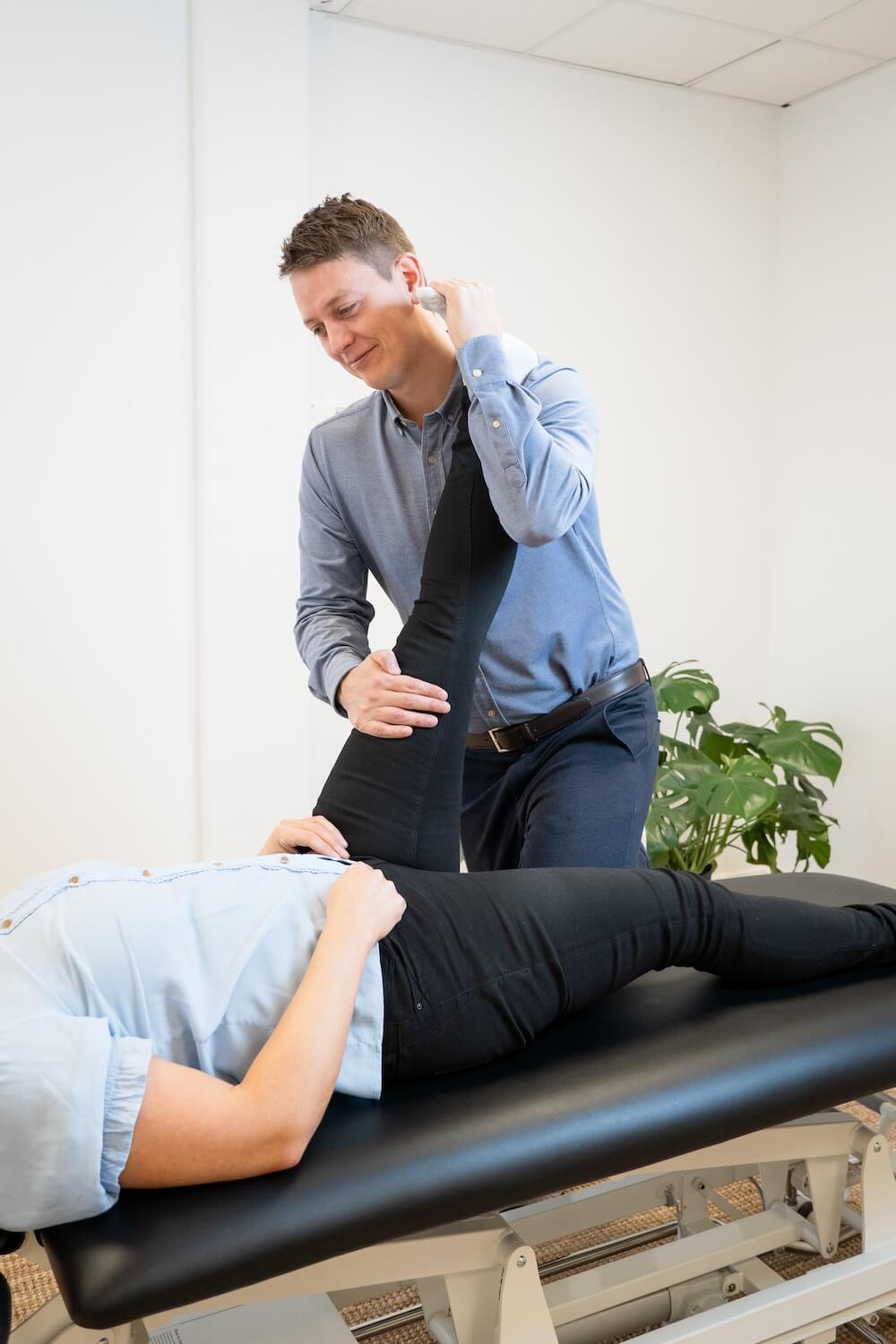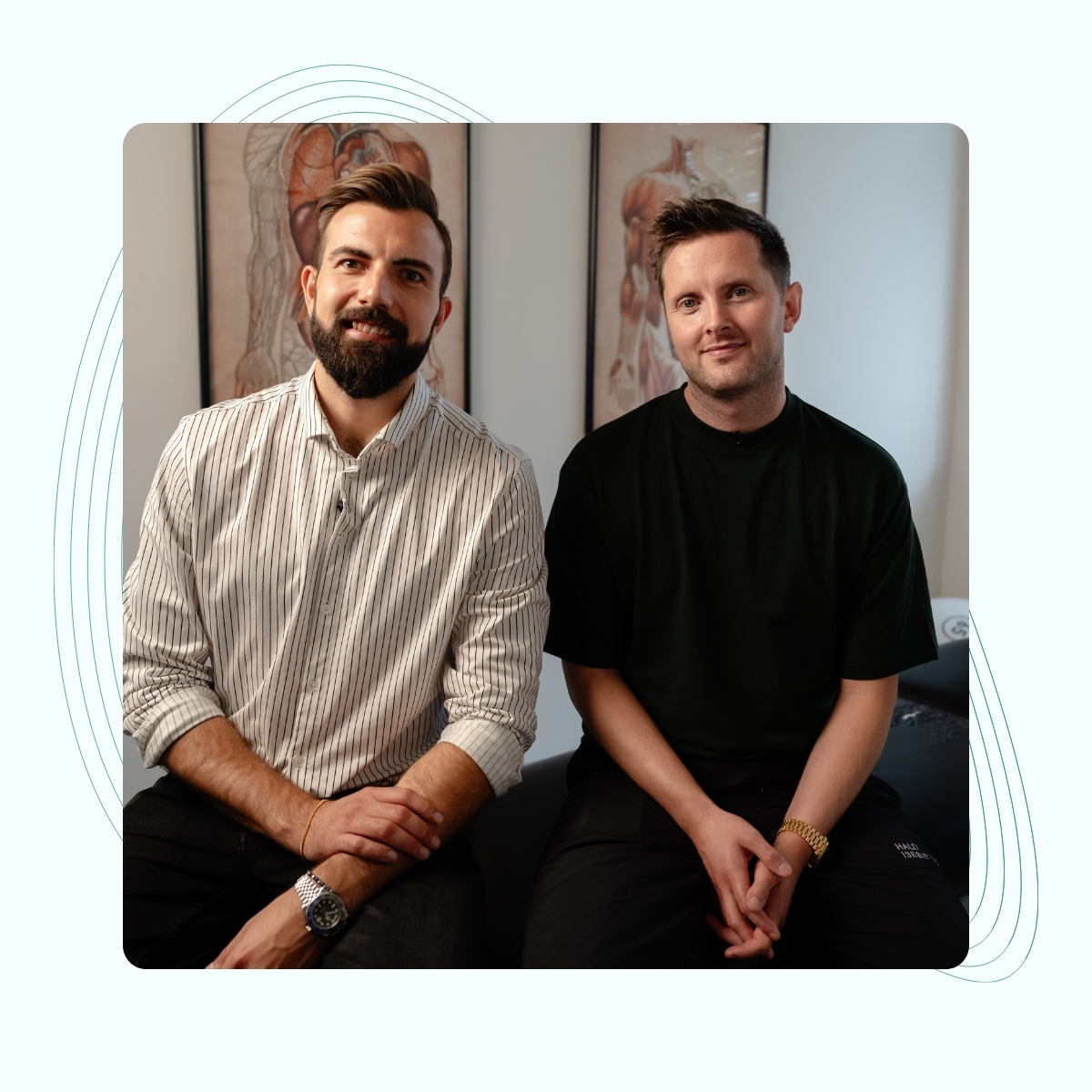We offer gentle osteopathic support for
Hypermobility in babies and children
Learn more about hypermobility on this subpage
What is hypermobility in babies and children?
Hypermobility is a term used when a baby or child’s joints move more freely or further than what is typically expected. This often relates to how the connective tissue supports the joints, allowing a greater range of movement.
Some children with hypermobile joints may find that certain positions feel less stable or that they tire more quickly during activities that require strength or coordination. Parents may also notice flexible feet or that their child prefers sitting or standing in wide or unusual positions.
Supporting motor development is important. Encouraging play that builds strength, balance and stability can help children feel more confident in their movements. It can also be useful to guide children away from spending long periods in extreme joint positions, gently encouraging a variety of postures during daily activities.
Jump to section [Vis]
How is hypermobility assessed?
Health professionals often use simple screening tools to assess joint mobility, one of the most well-known being the Beighton score. This score looks at how easily certain joints move and helps give an overall impression of joint flexibility.
The Beighton score includes gentle assessments such as:
- how far the little finger and thumb can move
- whether the elbows or knees extend slightly beyond a straight position
- whether the hands can reach towards the floor with straight knees
A higher score suggests increased joint mobility, but it is only one part of a broader clinical picture. A full assessment also considers how the child moves in everyday play, their strength, coordination and comfort.
It is also important for health professionals to distinguish between:
- increased mobility in one or a few joints
- generalised hypermobility
- hypermobility as part of a broader connective tissue pattern
In some cases, increased joint mobility can be associated with hereditary connective tissue conditions. Examples include syndromes such as Ehlers-Danlos, Marfan or Osteogenesis Imperfecta. These conditions are diagnosed by medical specialists, as they involve additional characteristics beyond joint flexibility.
If parents have concerns about their child’s movement, comfort or flexibility, they should consult a healthcare professional for guidance.

What signs might parents notice?
Parents of children with increased joint mobility may observe:
- Flexible or flat feet
- Knees that tip inward or extend further than usual
- Elbows or finger joints that appear very flexible
- A preference for sitting in a “W” position
- Occasional challenges with balance or coordination
- Getting tired more quickly during active play
- Periods of discomfort or fatigue after physical activity
- More frequent slips, stumbles or minor twists during movement
These signs can vary widely from child to child and are not always a cause for concern.
When should you seek help?
If your child experiences ongoing discomfort, fatigue or reduced confidence in movement, especially during or after physical activity, it may be helpful to speak with a healthcare professional for guidance.
What can you do as a parent?
Good shoes
Supportive, well-fitting footwear can help children feel more stable and comfortable. A good shoe typically has:
- A firm heel cup
- A flexible sole
- Width that matches the foot
- A secure and comfortable fit
For young children (0–2 years)
Encourage motor development by helping your child explore a variety of sitting and play positions that support joint stability. For example:
- Offer alternatives to the W-position, such as long sitting or side sitting
- Provide gentle support around the hips or knees during crawling or transitional movements
- Create playful opportunities for your child to shift weight from side to side
For older children (2+ years)
Encourage regular play and age-appropriate sports or movement activities. Varied use of the body helps build balance, coordination and endurance.
It can also be helpful to teach children to listen to their body – pausing, resting or changing activity when they feel tired or uncomfortable.
Support options for children with increased joint mobility
Pediatrician
Paediatricians specialise in the medical assessment of children and young people. If there is concern that hypermobility may be part of a broader hereditary connective tissue pattern, a paediatrician or medical specialist can provide further evaluation and guidance.
Paediatric physiotherapist
Paediatric physiotherapists focus on children’s movement, strength and coordination. They can help create play-based exercises, everyday activity ideas and strategies that support confidence, stability and motor development. They may also advise on suitable equipment or additional services if needed.
Osteopath
Osteopaths use gentle, hands-on techniques to support comfort and ease of movement. They can help explore how the child uses their body, identify areas that may feel tight or overworked, and offer guidance on encouraging balanced, confident movement through everyday play and activities.

Often related pain
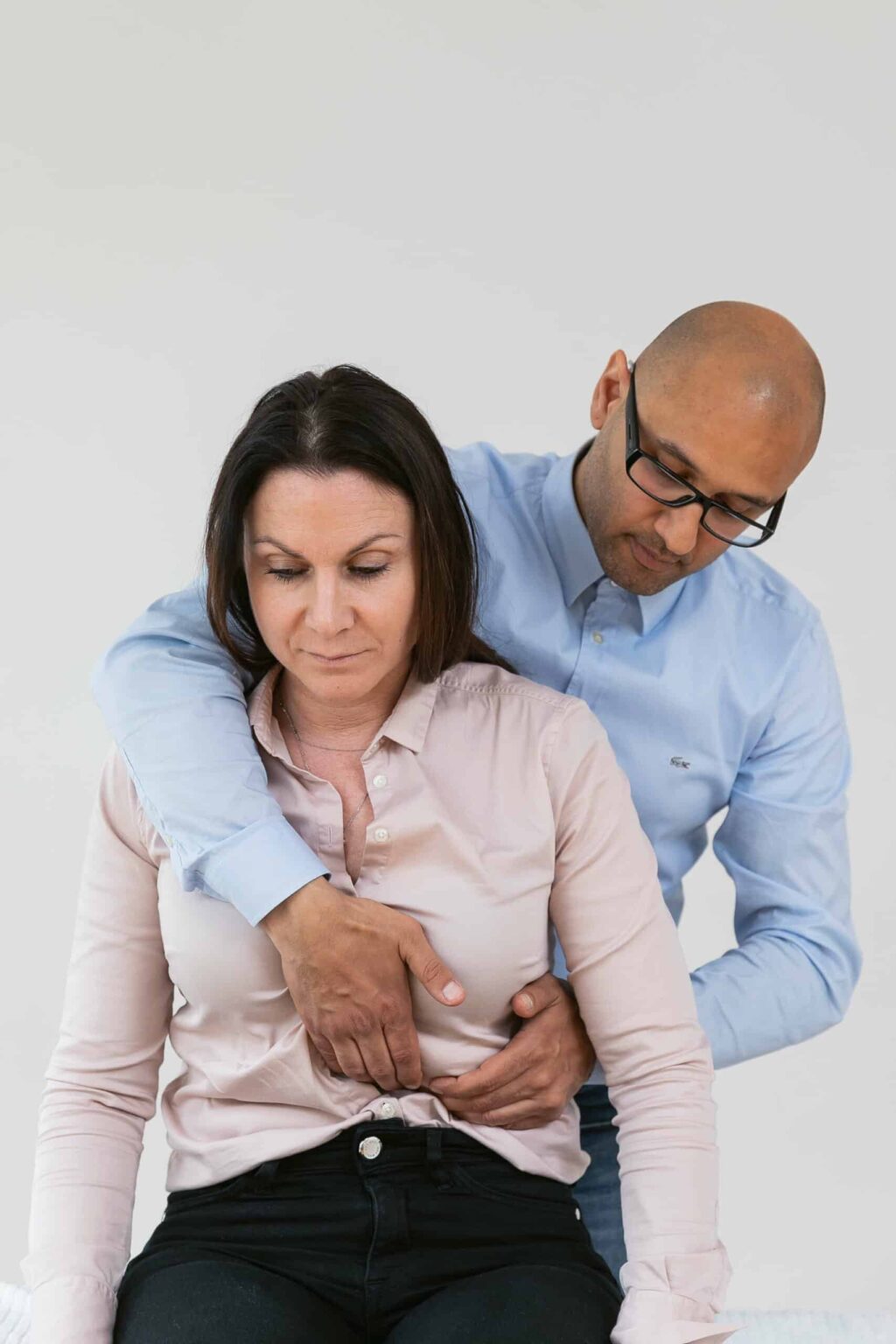
Side stitch
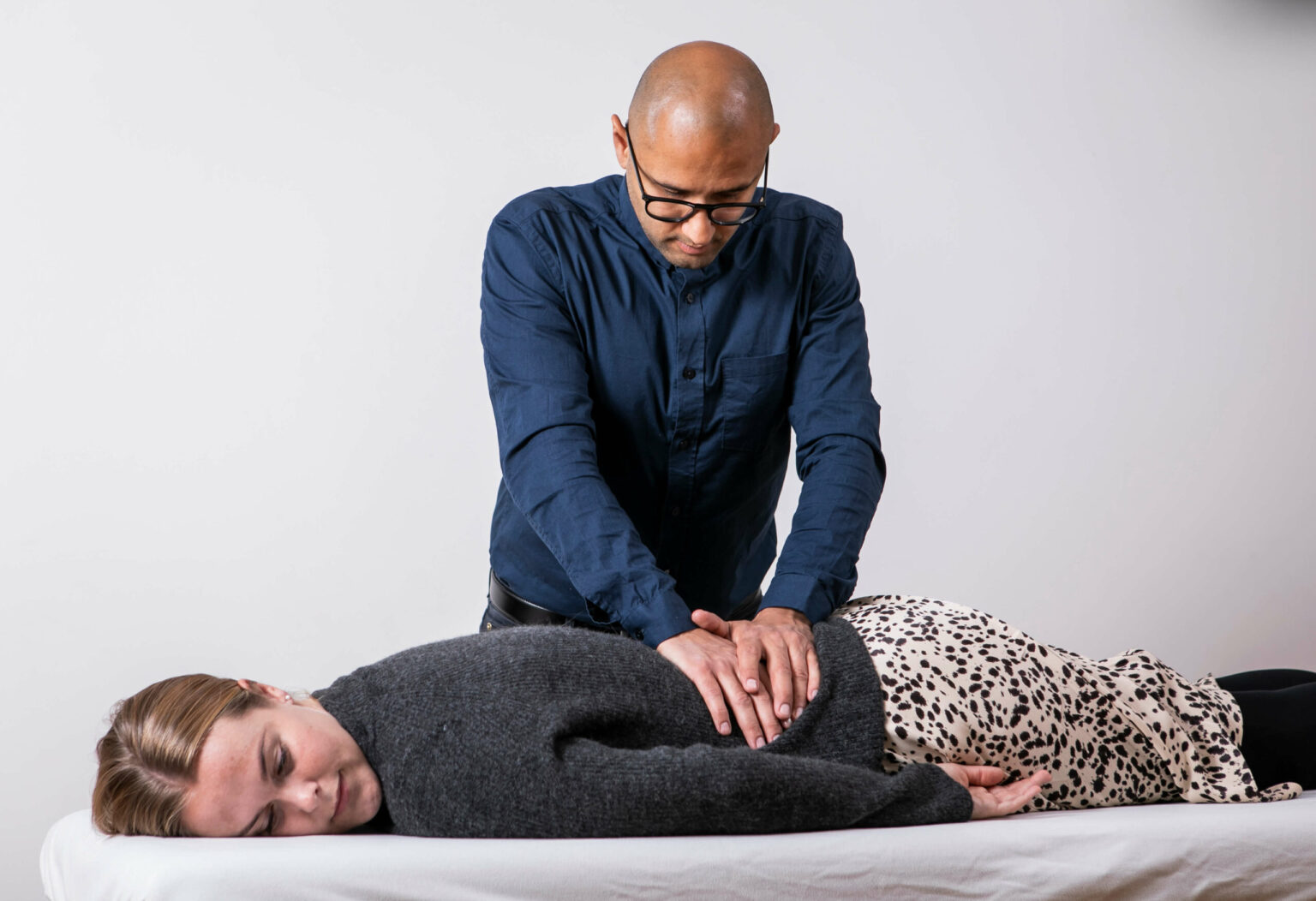
Spinal stenosis
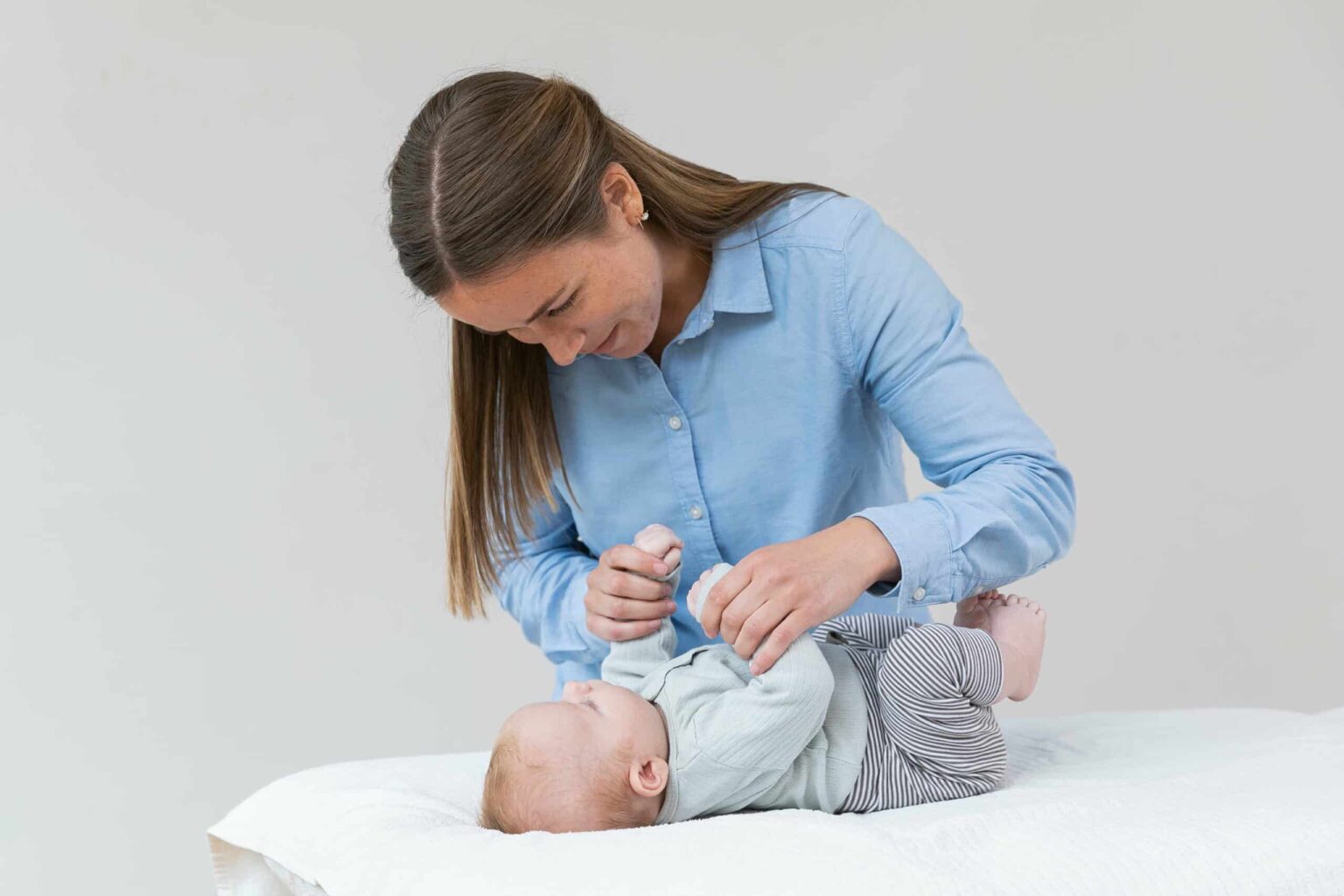
Hypermobility in babies and children
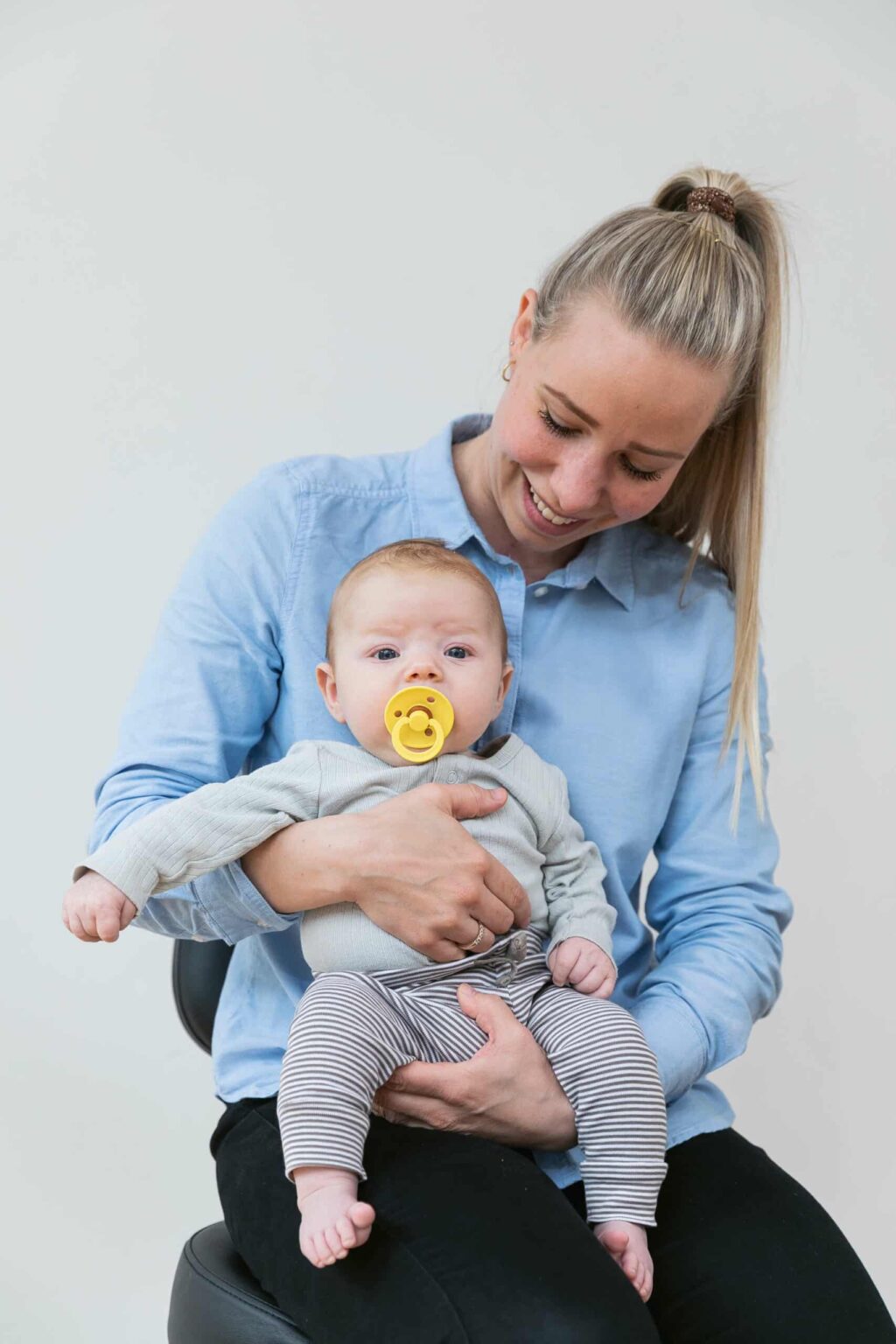
Muscle tension or imbalances in babies and children
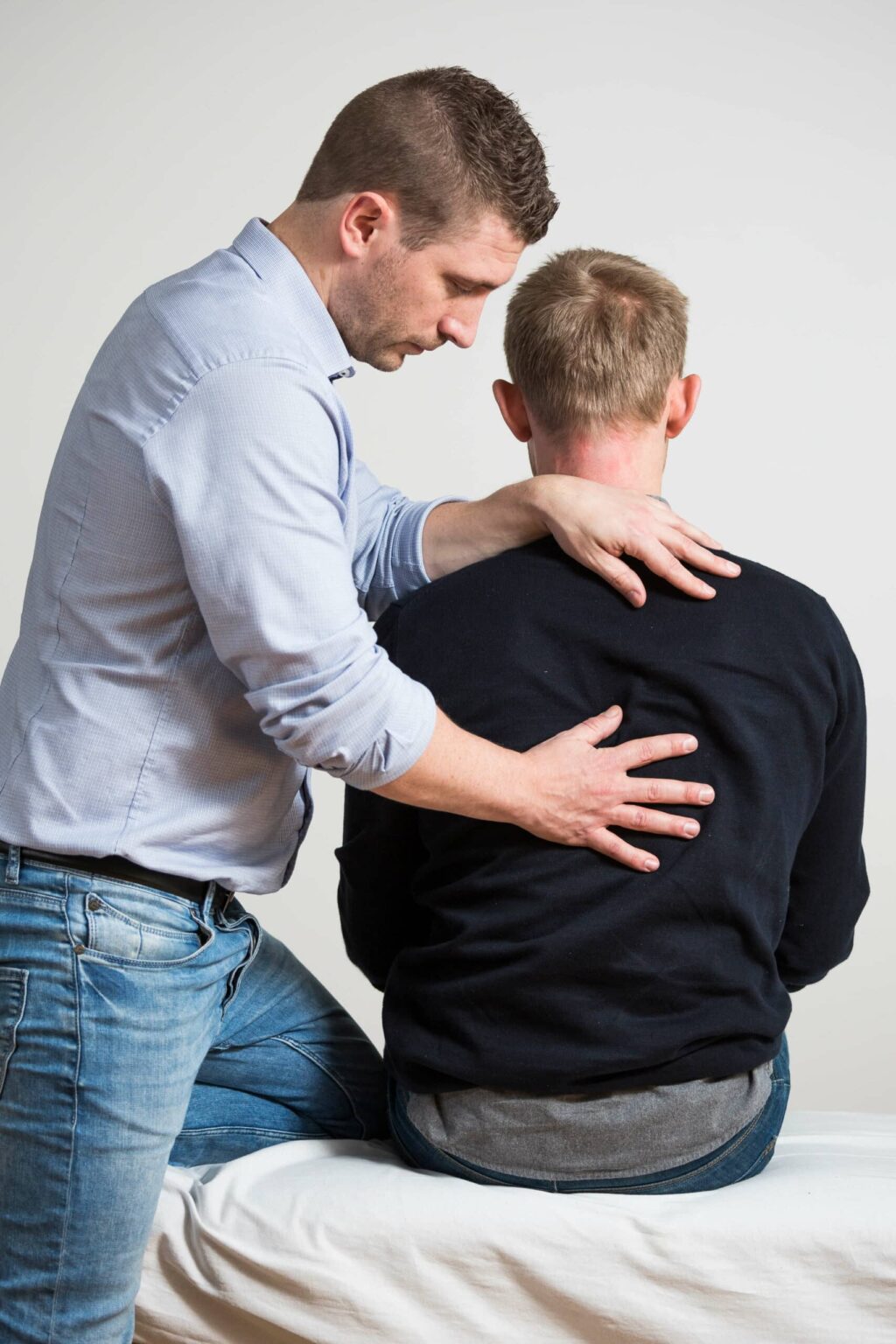
Modic Changes
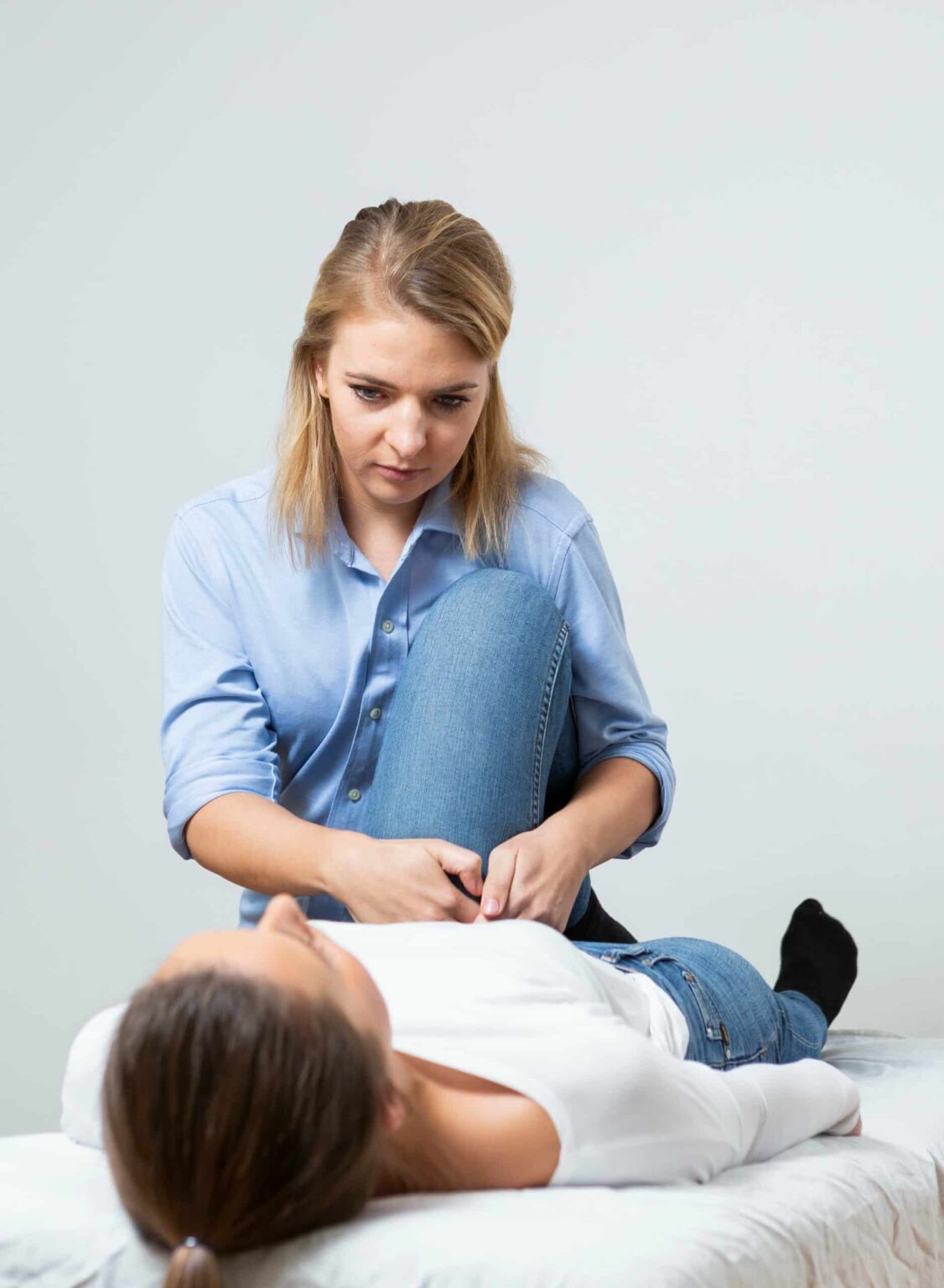
Cramps
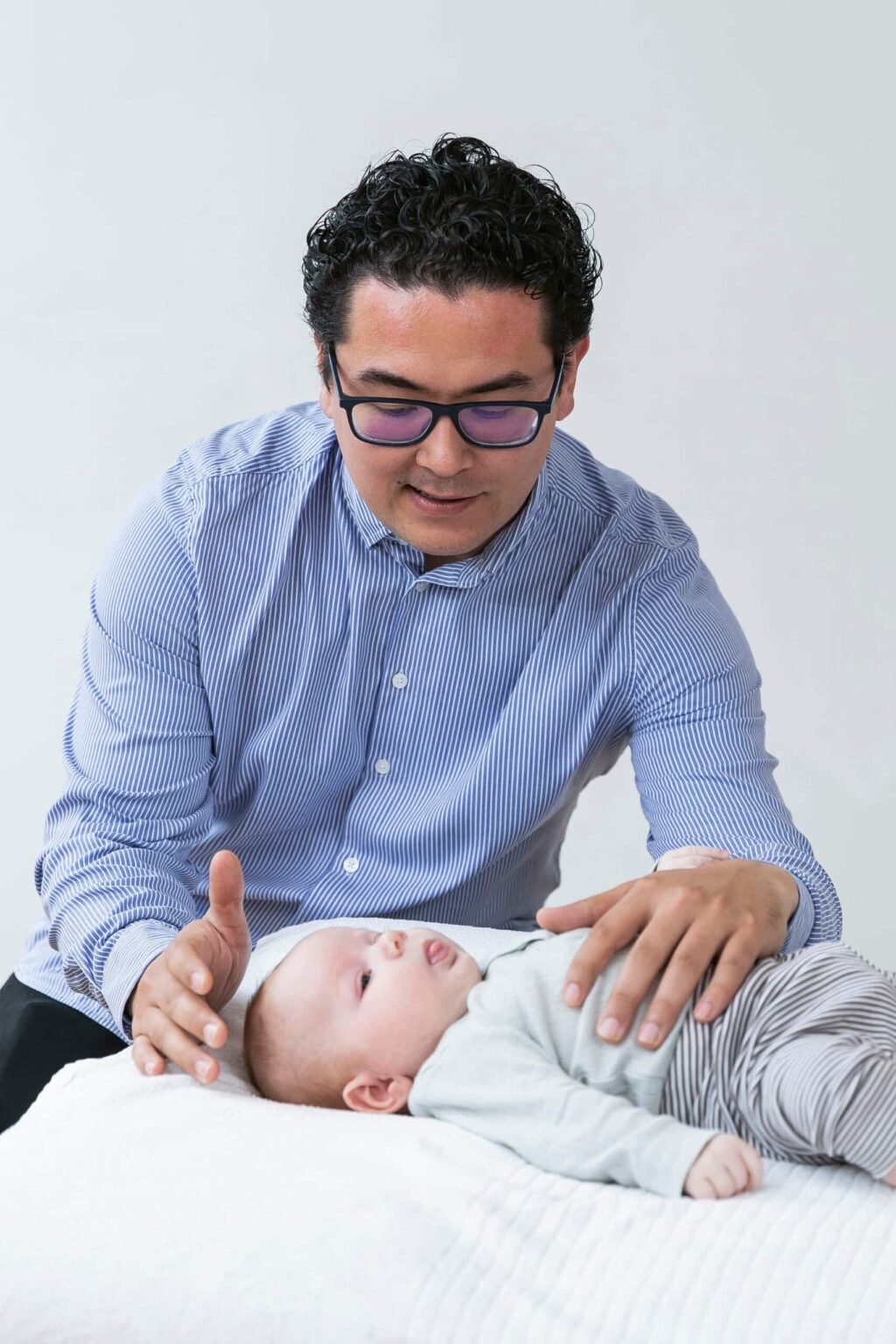
Torticollis
